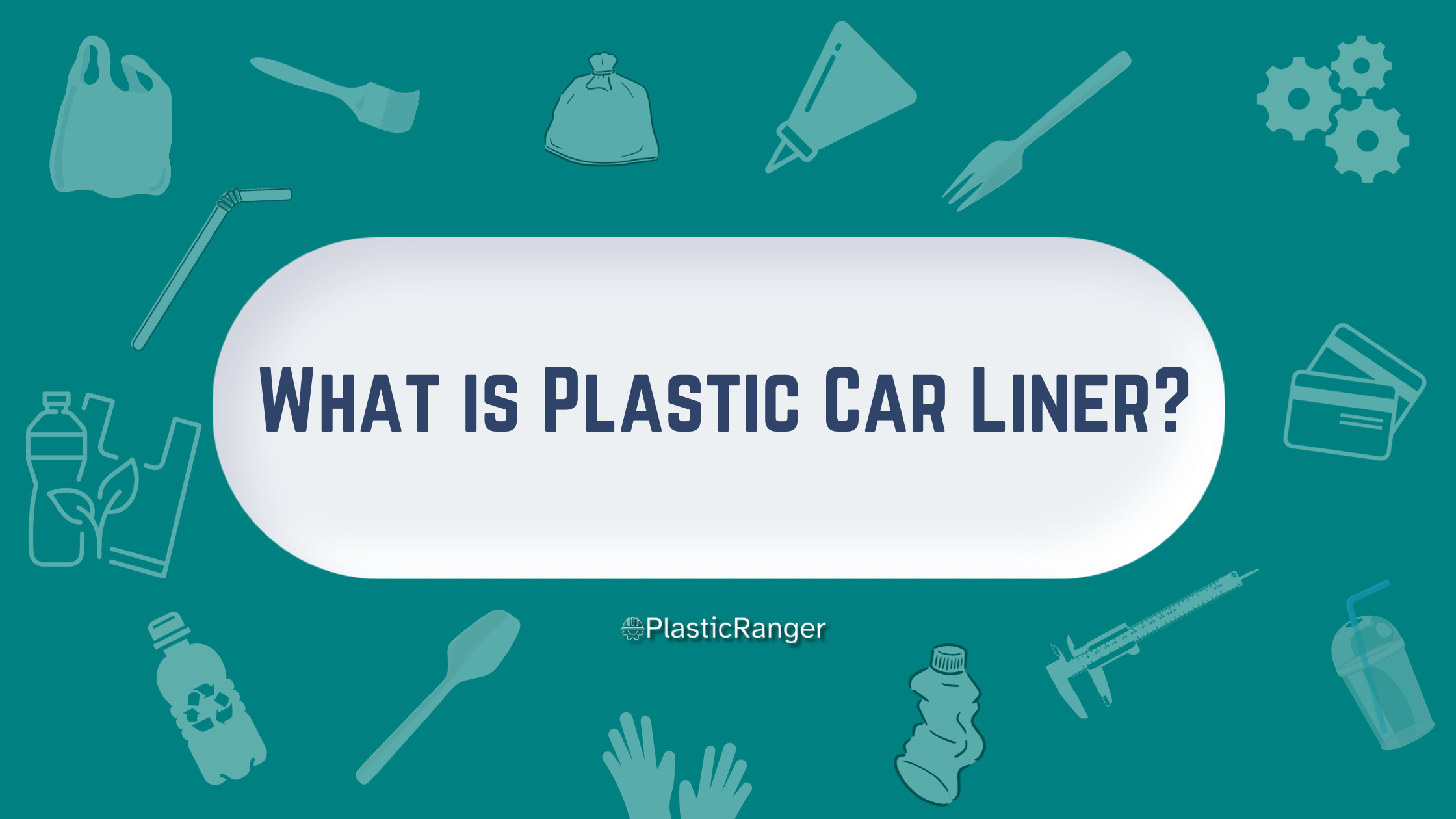Comprehensive Guide on Plastic Car Liner
A plastic car liner is an essential accessory designed to protect various parts of your vehicle from damage, wear, and tear. Typically used in cargo areas, footwells, and sometimes even on car exteriors, these liners ensure longevity and cleanliness.
This guide will explore the features, benefits, installation, and care of plastic car liners.
Features of Plastic Car Liners
Material: Most car liners are made from high-density thermoplastic or polyurethane. These materials are chosen for their resilience, flexibility, and chemical resistance.
Custom Fit: Premium plastic car liners are customized to fit specific car models, ensuring maximum coverage and protection. This tailored fit makes them more effective than universal mats.
Texture: Many liners feature a textured or grooved surface. This design is not just aesthetic; it helps trap dirt, debris, and liquids, preventing them from spreading.
Edge Lip: An elevated edge around the liner helps contain spills and prevents them from seeping into the carpet below.
Durability: A quality plastic car liner can last years, resisting cracks, bends, or breaks.
Plastics Used in Car Liners
Thermoplastic Olefin (TPO): This is one of the most common materials used for car liners. TPO is lightweight, durable, and recyclable. It resists wear, impact, and harsh weather conditions.
Polyvinyl Chloride (PVC): PVC is another popular material, especially in lower-cost car liners. It offers good flexibility and is resistant to chemicals and weather. However, there are environmental concerns related to the production and disposal of PVC.
Polypropylene (PP): Polypropylene is a versatile polymer sometimes used in car liner applications due to its resistance to many chemical solvents, bases, and acids.
Ethylene-Vinyl Acetate (EVA): EVA is a flexible and resilient material that can be used in car liners, especially when combined with other materials. It is known for its shock absorption and water resistance.
Natural Rubber: While not plastic, natural rubber is often used with plastics or on its own for car mats and liners. It offers flexibility and durability.
Thermoplastic Elastomers (TPE): TPEs are a family of rubber-like materials that combine the characteristics of rubber with the recyclability of plastics. They’re flexible, durable, and can be molded into various forms.
Polyurethane (PU): This material is known for its elasticity and abrasion resistance, making it suitable for some car liner applications.
Benefits of Using Plastic Car Liners
Protection: They safeguard your car interior from dirt, mud, snow, and spills, maintaining the cleanliness of the vehicle’s flooring.
Enhanced Resale Value: A well-maintained car interior can significantly boost the vehicle’s resale value.
Aesthetic Appeal: Besides the functional aspect, car liners can enhance the interior look.
Easy Cleanup: Instead of vacuuming or shampooing the car’s carpet, one can remove the liner, hose it down, and reinstall it.
Choosing the Right Plastic Car Liner
Vehicle Specificity: Always opt for vehicle-specific liners. Although they might cost more than universal liners, their fit and coverage are unparalleled.
Material Quality: Ensure the liner material is durable, chemical-resistant, and won’t curl or crack in extreme temperatures.
Thickness: A thicker liner will provide better cushioning and protection against sharp objects but ensure it doesn’t interfere with pedal movement in the driver’s footwell.
Installation of Plastic Car Liners
Clean the Area: Before placing the liner, ensure the car’s floor or cargo area is clean. Vacuum to remove any dirt or debris.
Unroll the Liner: If your liner was shipped rolled up, lay it flat in a warm area or use a hair dryer to soften it. This will help it regain its original shape.
Place the Liner: Carefully place the liner once the car’s site is clean. Ensure it fits snugly and covers all the regions.
Check for Pedal Movement: If installing in the driver’s area, double-check that the liner doesn’t interfere with the pedals.
Trimming: Some liners might need trimming, especially if they are semi-universal. Use a sharp utility knife and follow the liner’s guide if provided.
Maintenance and Care
Routine Cleaning: At least once a month, remove the liners and shake out any debris. For deeper cleaning, hose them down and scrub them with a soft brush using mild detergent.
Avoid Harsh Chemicals: Always use a mild detergent. Harsh chemicals can degrade the plastic or make it brittle.
Dry Properly: After cleaning, let the liner air dry completely before reinstalling. Placing a wet liner can trap moisture, leading to mold or mildew.
Storage: If you need to store your liner, avoid folding. Roll it up or lay it flat to maintain its shape.
Potential Drawbacks
Plastic car liners offer numerous benefits but can have several downsides. Over time, the liner might emit a plastic odor, especially in high heat. Ensure your liner is made of high-quality, non-toxic material. Additionally, if the liner isn’t a perfect fit, it might slide around, which can be dangerous, especially near the driver’s pedals.
Summary
A plastic car liner is a worthy investment for anyone looking to protect their car’s interior from daily wear and tear. By understanding its features and ensuring proper care, you can maintain the aesthetic and functional integrity of your car for years to come. Always prioritize safety and ensure the liner never interferes with the vehicle’s operations. With the right choice and maintenance, your liner can serve you effectively for the lifespan of your vehicle.
Quick Navigation

